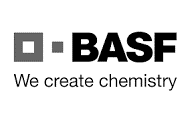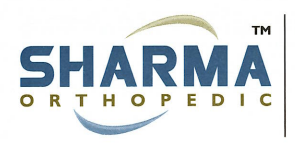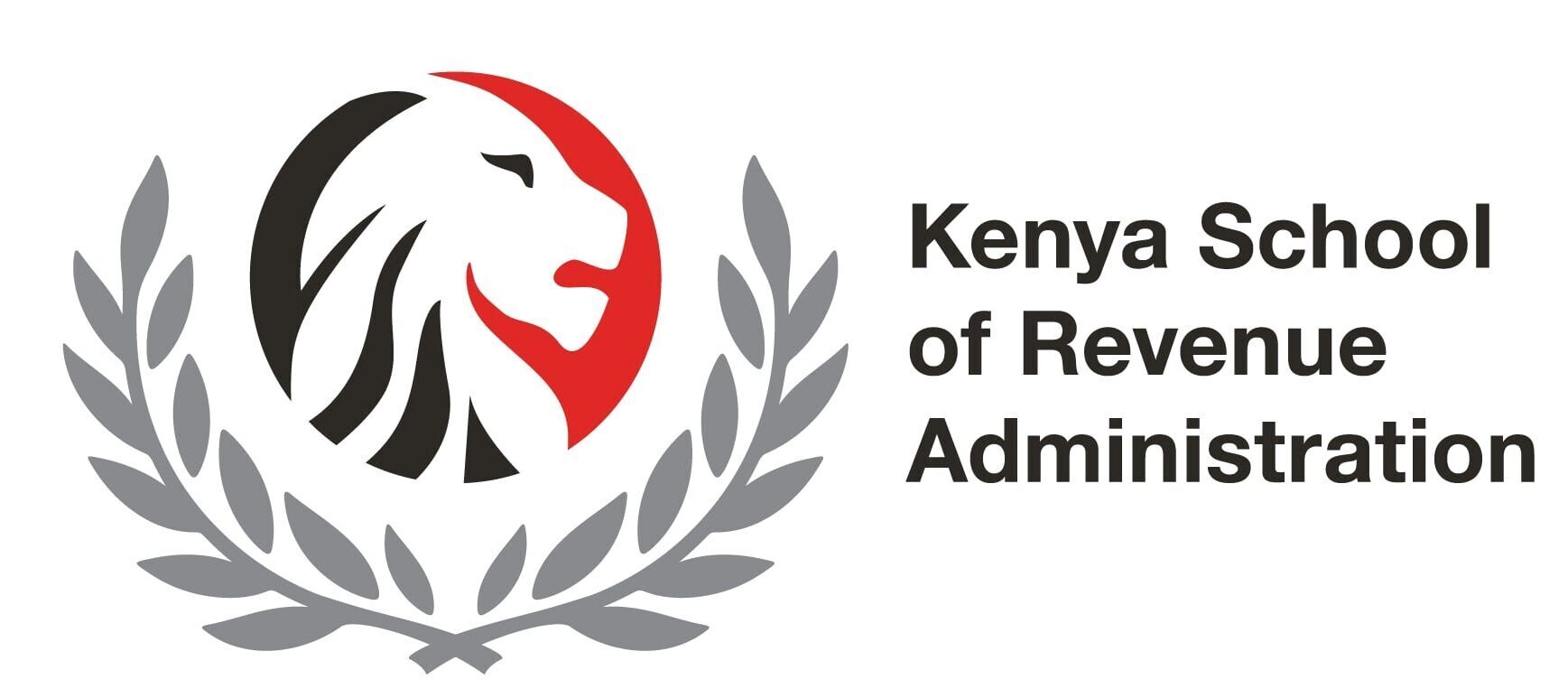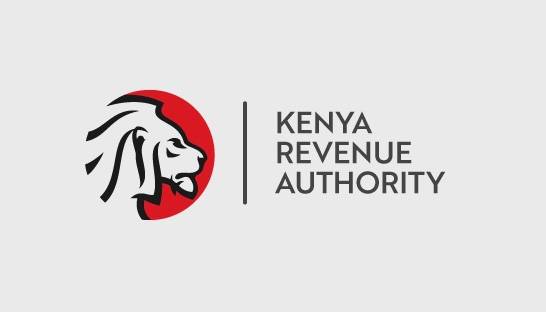- HS Classification Opinions
- 199 Views
CLA-2-85:RR:E:NC:N1:109
Ms. Armida Ortiz
SAIC
12251 Iavelli Way
Poway, CA 92064
RE: The tariff classification of two mobile communications stations
Dear Ms. Ortiz:
In your letter dated May 4, 2007, you requested a tariff classification ruling.
Your submission requested the classification of two mobile communication stations. Each mobile communication station consists of a satellite communication system including indoor electronics and outdoor antenna, shelter or housing to enclose the indoor electronics and human habitability components, such as a desk, storage, and two beds, an uninterruptible power supply, a diesel-electric generator, and an air-conditioning unit. The shelter will house the satellite communication system along with its indoor electronics, a desk, storage, two beds, the uninterruptible power supply, the diesel-electric generator, and the air-conditioning unit. You requested the classification of the mobile communication stations under two different scenarios; 1 – when the mobile communication station is within the shelter and 2 – when the mobile communication station that will be within the shelter is placed on the back of a Ural truck.
Each of the mobile communication stations will be used in a satellite network that will transmit data and voice. The data packets and the voice or voice over IP (VoIP) packets that will be transmitted in this satellite network will use the Internet Protocol (IP) as Layer 3 Protocol. The network will be used for data and telephony communication by using a leased transponder bandwidth on an existing commercial satellite. The satellite network will use a Ku-band transponder for receiving and retransmitting signals from and to ground stations. The Ku-band is part of the RF spectrum used by commercial satellites.
The two mobile communication stations, which contain the satellite communication system, will be used for the transmission and reception of data and voice for network users only. The data will be from a remote location (radar signal) to the hub location (a C2 system) only. The voice will be used for communication between the remote sites and the central location or hub site only. In satellite network terminology, this data and voice communication is a private point-to-point (star) network. The data transmission will be a permanent link between each remote site and the hub station. The voice transmission can be initialized by either party; the hub station or the remote station. The receiving party will be able to respond directly to the initiating party. The data and voice communication are full duplex, meaning that the data/voice link and transmission and reception of data/voice will be performed simultaneously as in radiotelegraphy.
With respect to the classification of the mobile communication station when it is within the shelter or when the mobile communication station within the shelter is placed on the back of a Ural truck, it is clear that the essential character of the mobile communication station in either instance is the satellite communication system with its indoor electronics. The Explanatory Notes for Harmonized Tariff Schedule of the United States (HTSUS) 87.16 (“Vehicles Fitted with Machinery, Etc.”) states:
“The heading therefore covers such units which derive their essential from the vehicle itself. On the other hand, units deriving their essential character from the machine or appliance they incorporate are excluded.”
As such, since the essential character of the mobile communication station in either scenario is that of the transmission and reception of data and voice it is most properly classified as radiotelegraphy apparatus under heading 8517, regardless of whether it is on the back of a Ural truck or not. The desk, storage, two beds, uninterruptible power supply, diesel-electric generator, and air-conditioning unit contribute to the habitability of the personnel utilizing the transmission/reception apparatus and are therefore subsidiary to the functioning of the mobile communication station. The applicable subheading for the two mobile communications stations will be 8517.62.0050, Harmonized Tariff Schedule of the United States (HTSUS), which provides for “Machines for the reception, conversion and transmission or regeneration of voice, images or other data, including switching and routing apparatus: Other”.
Duty rates are provided for your convenience and are subject to change. The text of the most recent HTSUS and the accompanying duty rates are provided on World Wide Web at http://www.usitc.gov/tata/hts/.
This ruling is being issued under the provisions of Part 177 of the Customs Regulations (19 C.F.R. 177).
A copy of the ruling or the control number indicated above should be provided with the entry documents filed at the time this merchandise is imported. If you have any questions regarding the ruling, contact National Import Specialist Linda Hackett at 646-733-3015.
Sincerely,
Robert B. Swierupski
Director,
National Commodity
Specialist Division
Janron Consult, Tax Consultant Kenya, Customs Tax Consultant Kenya, Tax Advisory Kenya








